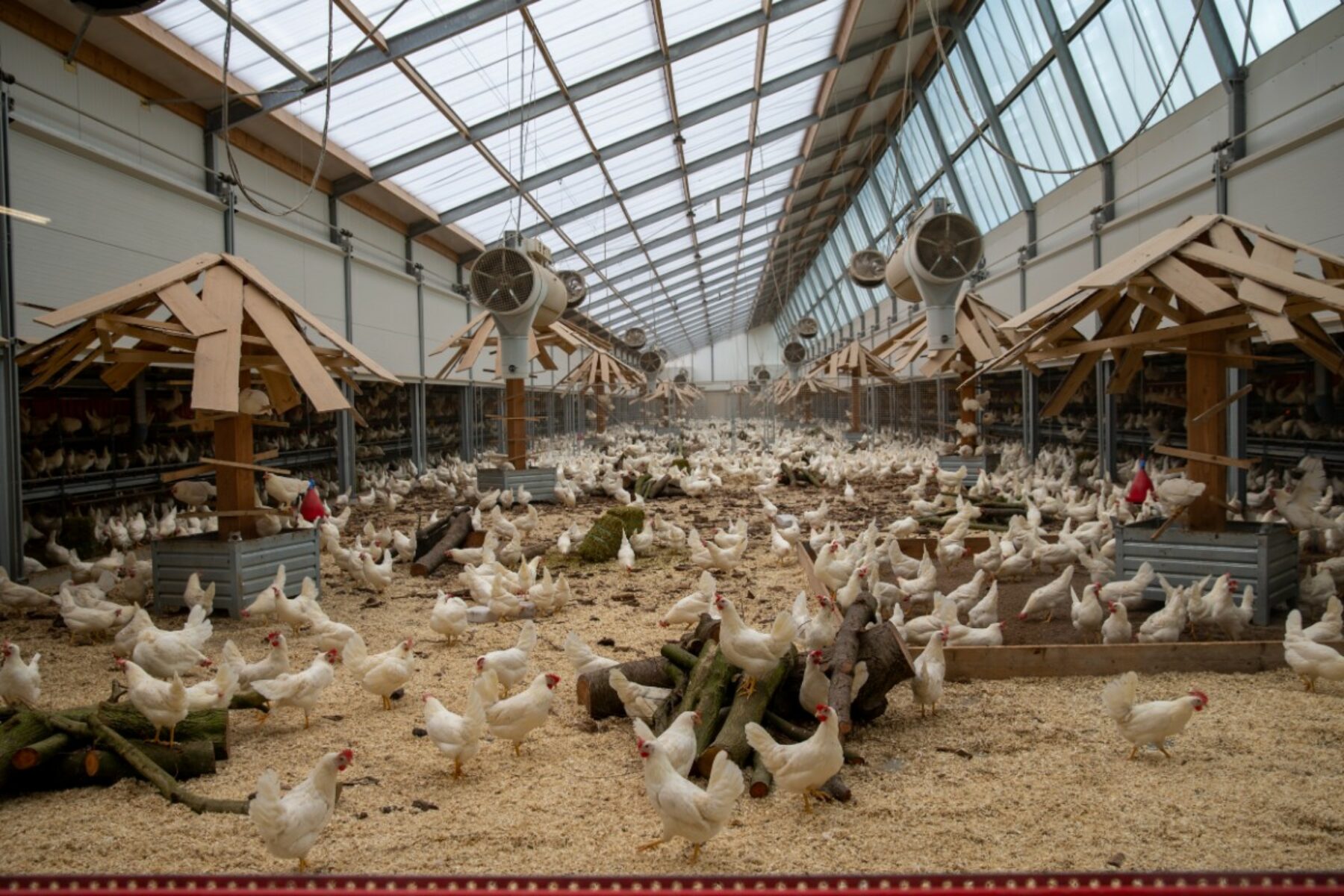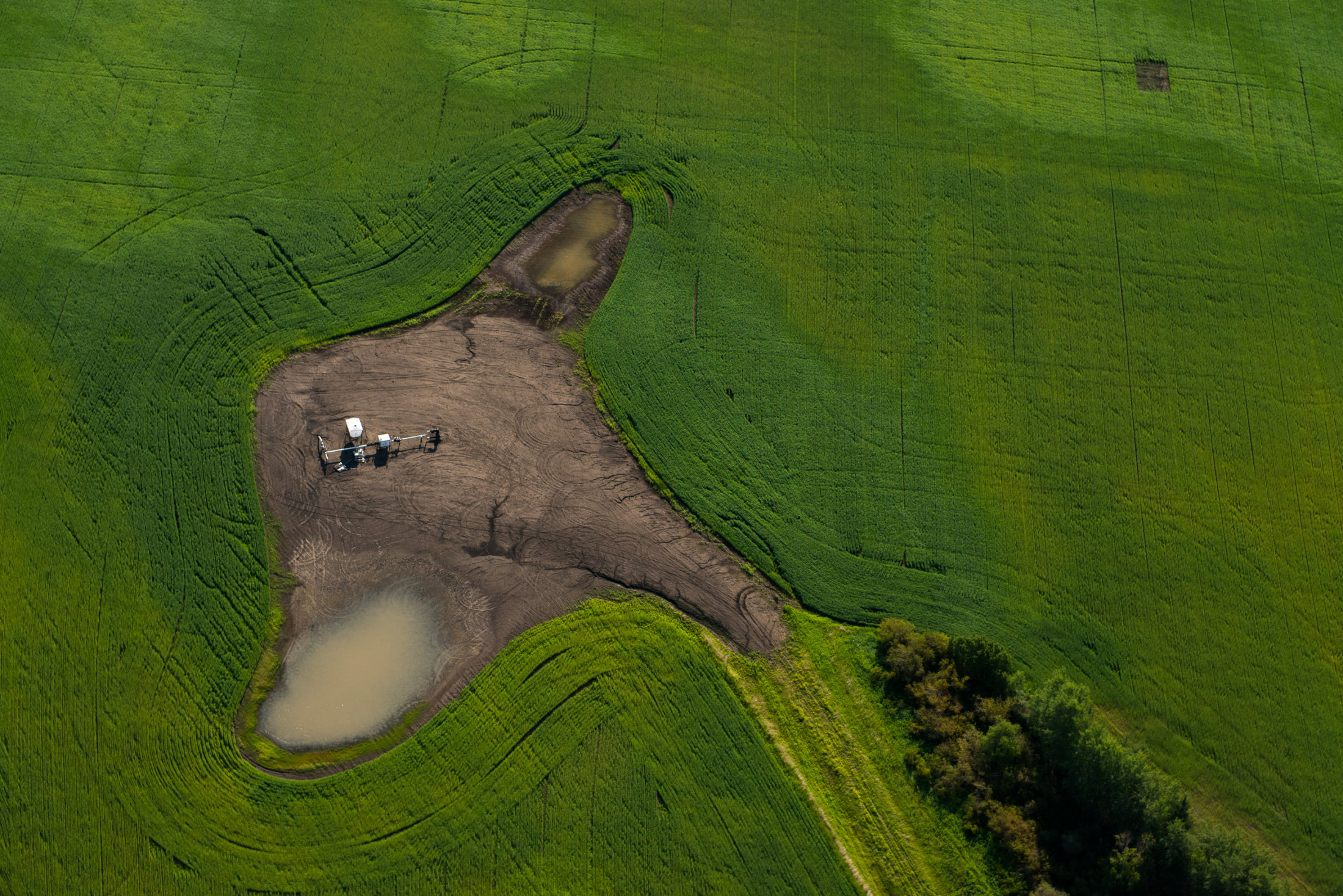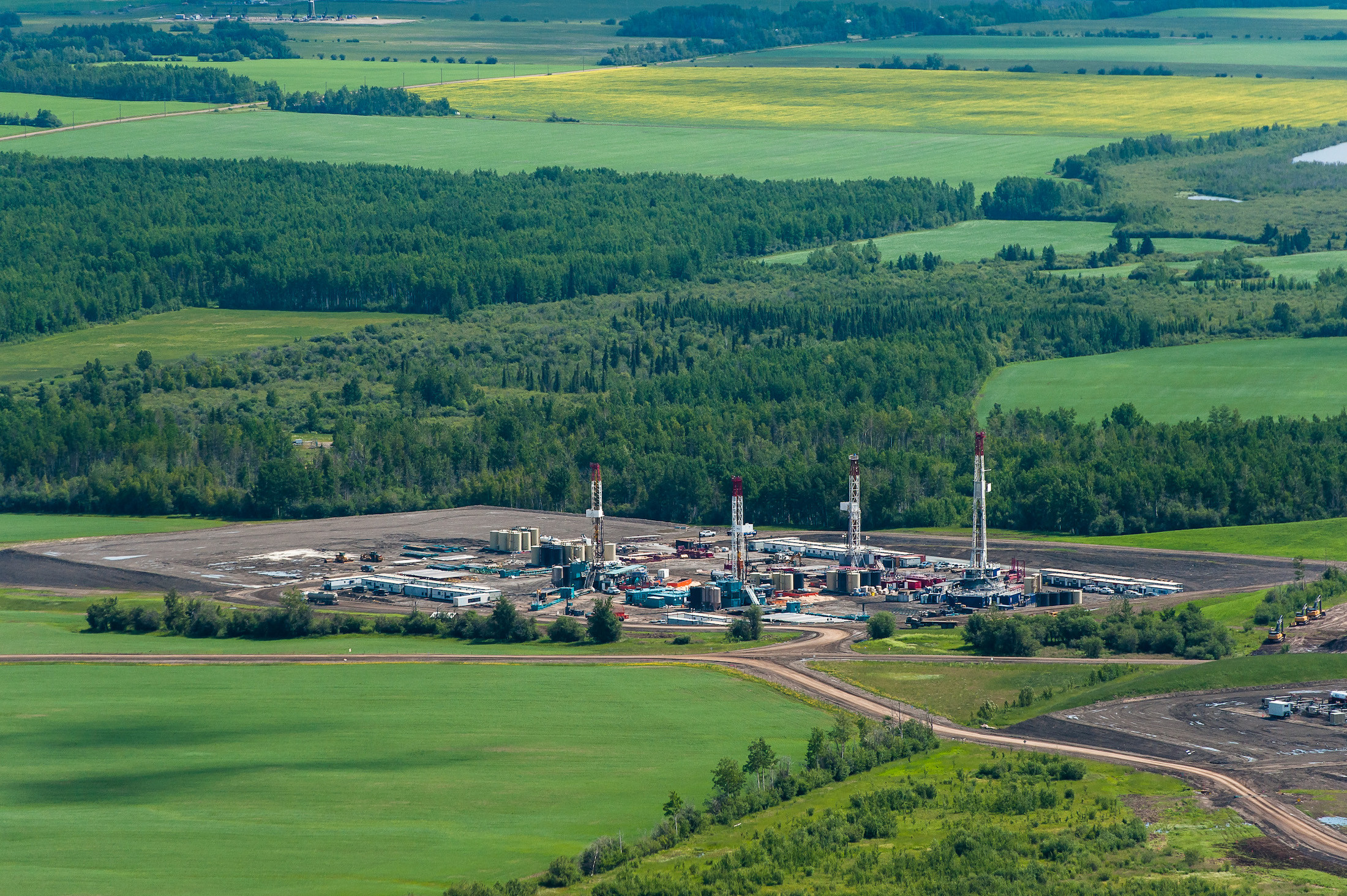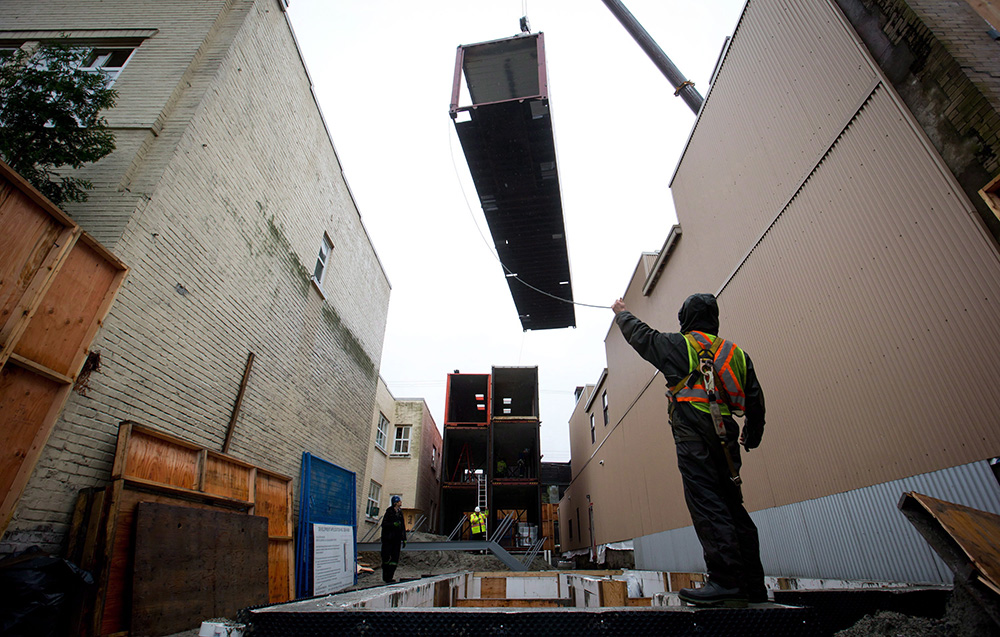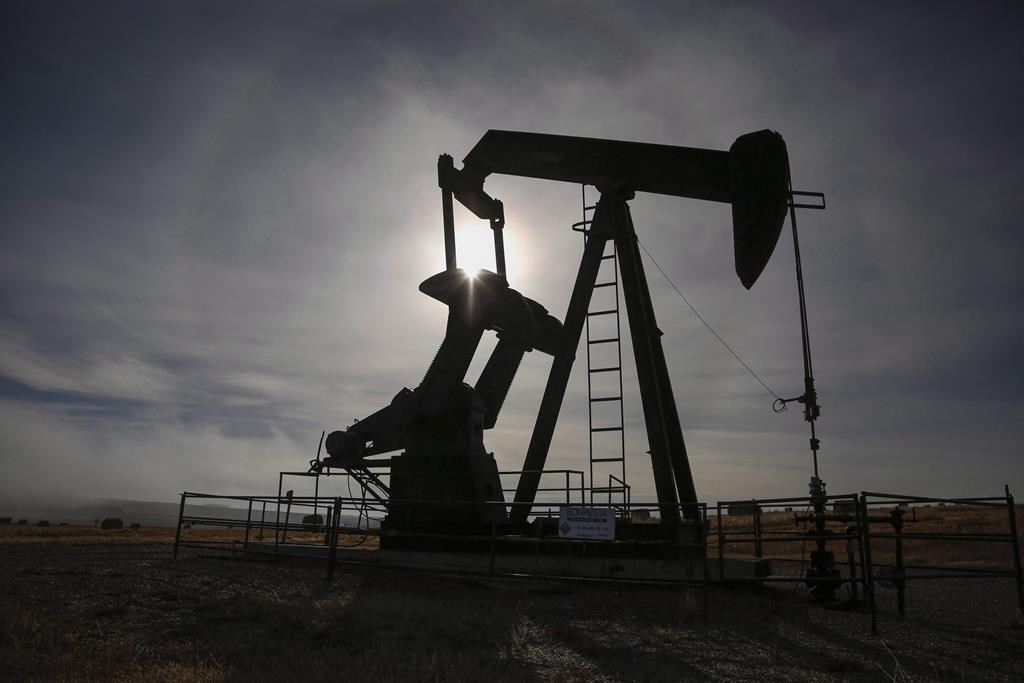Readership has surged during this pandemic crisis, but keeping local news alive will require a collective solution, however imperfect it is.

The COVID-19 pandemic is revealing much about human nature. One of those revelations is that when it comes to matters of life and death, Canadians turn to trusted traditional news sources for information.
A Statistics Canada survey done in early April found that 51 percent of respondents relied upon local, national and international news outlets as a main source of information about COVID-19. Just under 10 percent cited social media. Twelve percent identified provincial health and political leaders as a main source of information while a similar number looked to government health agencies (figure 1). In a separate poll conducted around the same time, nearly three-quarters of respondents (74 percent) said social media platforms like Facebook are less accurate than traditional media.
The story told by the survey numbers is playing out in newsrooms like the Prince Albert Daily Herald, which serves a community of 35,000 located north of Saskatoon, Sask. Pre-pandemic, a top-performing story on the Herald’s website drew 2,000 to 4,000 unique page views, says editor Peter Lozinski. More recently, however, the paper’s two most read stories, which chronicled the spread of COVID-19 among people attending a snow mobile rally dinner, attracted 32,000 unique page views. When the first story about two attendees testing positive broke on March 25, the surge of readers came so quickly “it broke our website,” Lozinski says. “We had to upgrade to handle the amount of traffic we were getting at one time. Popular stories in the past have been more of a slow burn.”
Four of the paper’s top-performing stories since mid-March have been local pandemic-related items. The exception was coverage of a triple homicide in the city. Lozinski said there has been a slight uptick in subscriptions to the employee-owned paper. And the Herald, which has 2,000 daily subscribers and delivers a free edition to all households every Thursday, has also seen a spike in community engagement. “We are getting a lot more news tips from people who send us stuff to look into,” Lozinski says. “A lot don’t pan out, but some turn into great stories.”
This isn’t the first time that news organizations, the kind committed to the timely delivery of verified, independently produced journalism, have emerged as central players in a crisis. A Conference Board of Canada report on the City of Calgary’s handling of massive flooding in 2013 characterized the media’s role in reassuring the public and keeping people informed as “indispensable.” The media, one official said, were as important to the city’s emergency response “as police, fire and EMS.”
What’s new this time, however, is that public reliance on the news media has spiked at the same time as the pandemic’s eradication of advertising revenue is threatening the survival of many local news providers. The erosion of local journalism and its attendant risks for local democracy were cause for concern before COVID-19 came along: Although 121 local news operations have launched since the 2008 recession, more than 300 newspapers, online sites and broadcast outlets shut down in 214 communities over the same period, according to data from the Local News Map run by the Local News Research Project at Ryerson University’s School of Journalism and collaborators at the University of British Columbia. Layoffs have ravaged many of the surviving newsrooms.
Since the World Health Organization declared a pandemic on March 11, however, announcements about the closing of local newspapers and widespread cutbacks have proliferated, and apprehension about the future of local journalism has been overtaken by fear-laced discussions peppered with phrases like “Darwinian moment” and “mass extinction.”
To make sense of what is going on and address the immediate need for reliable data, The Local News Research Project, in collaboration with the Canadian Association of Journalists and the J-source journalism news website, launched the COVID-19 Media Impact Map for Canada. The map, which tracks news outlets that have closed, reduced service or implemented layoffs, reduced hours or implemented pay cuts since the WHO’s pandemic declaration, was viewed more than 10,000 times in the first 48 hours after it went live on April 29. This was not because it made for pleasant viewing.
Source: J-Source https://j-source.ca/article/we-mapped-all-the-media-impacts-of-covid-19-in-canada/
To date, 29 newspapers and magazines have cancelled some or all print editions, 82 media organizations have announced layoffs, and at least 2,100 editorial and non-editorial workers have lost their jobs (figure 3). The community newspaper sector (publications that appear fewer than five times per week) has been hardest hit: 50 papers have closed or temporarily closed for reasons directly attributed to the pandemic. By comparison, 215 community papers ceased publication over the past 12 years. Companies such as Saltwire Network, a newspaper chain in Atlantic Canada that closed its 21 community papers and eliminated 240 jobs or 40 percent of its workforce, characterized the decisions as temporary. But advertising revenue has been eviscerated by the lockdown of businesses – by some estimates the newspaper sector’s ad revenue is down by as much as 50 percent. Uncertainty about when – or if – it will ever recover, raises the spectre that many of the “temporarily” closed publications are gone for good.
The data we have so far underrepresents the damage because details of cuts announced by some large employers with multiple media holdings are unknown. Quebecor Inc., for instance, announced the temporary layoff of 1,150 employees, but we do not have information on how those job losses are distributed throughout its divisions and its television, magazine and newspaper holdings in particular. Similarly, although privately owned companies such as Black Press Media and Glacier Media Group in Western Canada have implemented layoffs, pay cuts and reduced hours, we do not have details on the number of jobs involved or how the cuts have affected each one of their publications. Glacier owns close to 70 newspapers while Black Press owns nearly 100.
In the short term, the closing of local newspapers means there are fewer reporters to monitor how the pandemic is unfolding at the community level. But studies that pick apart the complex relationship between local journalism and local democracy have linked the erosion of local news to other consequences. Researchers have argued that local journalism in particular is as important to the functioning and vibrancy of local communities as clean drinking water, safe streets and good schools. Scholars have linked loss of access to local news to increased political polarization, reduced public input into municipal decision-making, drops in voter turnout, better re-election prospects for incumbents, and the emergence of hyper-partisan websites masquerading as straight news. Local reporting is also integral to democracy because it holds power accountable and builds a sense of community by providing residents with shared knowledge, which fosters empathy and understanding of other perspectives.
What’s become clear over the past decade is that there is no silver bullet to halt, never mind reverse, the decline and disappearance of local newsrooms. Smart phones have fragmented once-captive audiences. Facebook and Google have decimated advertising revenues. A recent report by Carleton University’s Canadian Media Concentration Research Project, for instance, shows that annual newspaper revenues at the end of 2018 were $2.6 billion lower than a decade earlier. Annual revenues at commercial broadcast television stations, meanwhile, were down $622 million from their 2011 peak.
Going forward, keeping local news alive will require a collective effort. The broad outlines of that new reality, and the roles various actors will need to play, are emerging and look something like this:
Audiences need to pay: Many local news media have removed their paywalls on COVID-19-related stories so Canadians can access information on everything from how safe it is to go to the local hospital to what’s happening to their relatives in long-term care homes. Revenue from paid subscriptions has become more important to local newsrooms as advertising revenue has declined. Currently, however, only nine percent of people have purchased a digital subscription or news app or made a one-time payment for online news. News consumers need to start paying for news.
News organizations, the CBC and journalism schools need to collaborate: Where there are multiple local news organizations in a community, in many cases they all operate on shoestring budgets. To better serve their audiences, it’s time for all these players, as well as local CBC stations and journalism schools, to rethink the hypercompetitive ethos that has characterized the last 100 years and instead explore collaborative models. The Institute for Investigative Journalism based at Concordia University has demonstrated the merits of this approach. Its Tainted Water series on lead contamination in drinking water brought together 120 journalists, six newsrooms and nine journalism schools from across the country. The Michener Foundation described the IIJ-coordinated consortium as “a new way to produce great public-service journalism” when it recently nominated the project for its prestigious Michener Award for meritorious public-service journalism.
Philanthropy needs to play a role: Philanthropic foundations are emerging as important funders of new ways to make local news work. The Rossy Foundation and McConnell Foundation, for instance, are major supporters of the Institute for Investigative Journalism’s collaborative efforts. Philanthropic funding can act as a catalyst for experimentation. The experience in other jurisdictions, however, suggests that like hospitals and museums, innovative news organizations will also require long-term support. Indeed, they may never be fully financially self-sufficient. They will, however, generate journalism that matters.
Google and Facebook need to pony up: The global tech giants have delivered a double whammy to local news media by vacuuming up digital advertising dollars and carrying content produced by news organizations without directly paying for it. Australia and France have announced that Facebook and Google must start compensating news organizations for copyrighted news content. In Canada, Heritage Minister Steven Guilbeault has indicated he is contemplating measures that will require the platforms to start paying their “fair share.” Calculating payments is no simple matter and will take time. It can’t happen fast enough.
Government needs to be a part of the solution: Before the pandemic, the federal government announced a series of measures to support local journalism. The details of who qualifies are still being sorted out for $595 million that over five years will fund labour tax credits and a digital subscription tax credit for news consumers. New tax rules now allow non-profit journalism organizations to qualify for charitable status. And the Local Journalism Initiative (LJI), a $50 million, five-year program, is being tapped to hire journalists at local news outlets in underserved areas. A Department of Canadian Heritage official said a complete list of participating media won’t be available until mid-summer. A check-in with some of the organizations overseeing the allocation of positions, however, found that 53 ethnic media publications, 28 community radio stations and 20 community television and online digital video platforms have all received LJI support. Additionally, 168 reporters have been hired to work at other eligible news outlets, the vast majority of them newspapers.
In response to the ravages of COVID-19, the Liberals have also rolled out a $30-million COVID-19 awareness campaign, purchasing advertisements in 900 newspapers and on 500 radio and television stations.
The rescue packages for journalism are controversial. Although there is limited evidence of problems in European countries with long traditions of media subsidies, critics have long insisted news organizations will become less willing to bite the hand that doles out public funds. There are concerns that the money will prop up the dying newspaper sector at the expense of more innovative digital initiatives, that the bulk of the aid will go to the big players, and that some companies will take taxpayers’ dollars but continue to scale back coverage and prioritize CEO compensation and shareholder payouts.
The early signs are that there is some basis for those concerns. Newspapers do seem to be getting most of the Local Journalism Initiative placements. And the big newspaper chains will make multi-million dollar claims each year for the federal journalism labour tax credit. Torstar Corporation, which publishes more than 75 newspapers, says in its latest quarterly filing it will receive $6 million this year from the program while Postmedia Network, which owns more than 100 daily and community publications, expects to receive $8 million to $10 million annually as well as about $1 million a year from a Quebec journalism tax credit.
Faced with the unique circumstances created by the pandemic, newspaper proprietors, like employers in other sectors, are also tapping into the COVID-19 Canada Emergency Wage Subsidy, which pays 75 percent of employee wages to a maximum of $847 per week. In their respective quarterly reports, Torstar said it expects to collect $18 million during the first 12 weeks of the program while Postmedia says it will receive $22 million for the March 15 to June 6 period. Even so, Torstar has announced 80 layoffs and closed three community papers in Toronto. Postmedia has implemented pay cuts and shut down 15 community papers in Ontario and Manitoba.
While much of this rankles, it does not negate the need for government support for local journalism. Governments subsidize industries for all sorts of reasons that have little to do with textbook economics. Billions of dollars in government aid, for instance, are being directed to companies in the Canadian oil patch not because there’s an iron-clad economic case to be made for supporting an environmentally damaging industry with an uncertain future. Other values are in play, including concerns about national unity and the ability of Albertans to put food on the table.
In the same way that economic purists would leave the oil and gas industry to fend for itself, it can be argued that uncompetitive news organizations should be left to wither and die. Again, however, other values are in play. Canadians need access to timely, reliable independently produced information so they can participate in democratic processes, navigate daily life and make critical decisions during emergencies. For now, anyway, we also need newspapers because despite their enfeebled state, they are still the main source of news in many places: A study by the Local News Research Project that looked at how print, broadcast and online media in eight communities covered the 2015 federal election, for instance, found that more than half of all stories (53 percent) were generated by newspapers.
As it becomes increasingly evident that the private sector can no longer supply what is essentially a public good, governments must intervene. The result will be subsidies to the news industry that are inefficient and imperfect. Given the stakes, however, imperfect will have to do.
SOURCE
